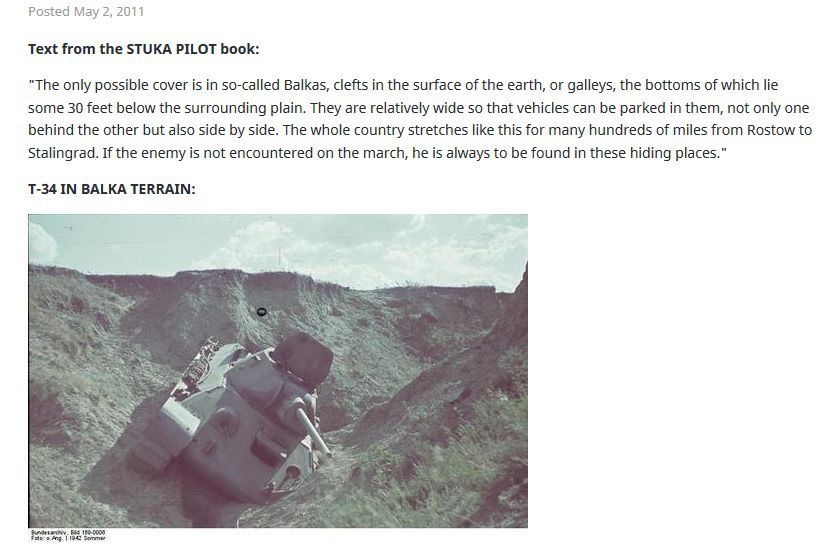In that completely open terrain, every horse- 91' tractor-drawn gun was plainly visible over a considerable distance. Horses and motorized equipment were blown to bits by strafing aircraft, and the last few prime movers only succeeded under cover of darkness in towing away some of the guns. The rest had to be blown up. A few squadrons of German fighter aircraft could have saved a substantial part of the artillery, prime movers, and motor vehicles from destruction at the hands of Russian combat aviation.
The school solution, of course, would be to conduct major retrograde movements across steppe land only at night. In theory that solution sounds fine but in practice it is only possible if the defender succeeds in holding his position throughout the entire day until nightfall.
If the attacker gains ground during the day, or if a breakthrough becomes imminent or actually succeeds, the defender is unable to avoid large-scale movements during daylight hours. If the retiring defender lacks equality of airpower, not even the best organized dispersal of his units or the most artful camouflage will save him from his fate. The individual can always conceal himself with steppe grass, the sole but abundant camouflage material in that terrain.
A moving gun, a prime mover, or a column of trucks carrying reserves, however, cannot be concealed in the open steppe land, not even with a multitude of camouflage nets.
One of the major problems during combat in the arid steppe is a proper supply of drinking water. Each unit must have its own water truck. No less important are a number of other factors peculiar to that type of terrain. Except for the Balkas, the steppe offers no natural cover against air attack or artillery fire, so that bombs and shells have a particularly serious fragmentation effect. During prolonged halts motor vehicles had to be dug in. But some of the most severe hardships in the steppe result from the shortage of wood.
'Without wood, no fires can be built in the field kitchens and no shelters constructed. In the steppe, wood becomes a highly treasured ommodity, above all in the winter.
Winters in the steppe are rigorous. Neither forests nor mountains break the icy east wind or bank the snow. The wind whips the snow across the plains and into the only large depressions, the Balkas.
The Balkas, however, are the only places that offer shelter for men and vehicles. The result is a never-ending struggle against the drifting snow. Without well-regulated and ample shipments of heating fuel, a military force cannot survive a winter in the steppe. White camouflage clothing and white paint for vehicles are indispensable. The thaw radically changes the face of the steppe. The Balkas churn with swelling streams. Small depressions are transformed into ponds, and large areas of flatland are covered with water. The thawed ground becomes soggy; the muddy season begins. For a period of weeks neither troop convoys nor individual vehicles can move for any but the shortest distances. Only tracked vehicles are able to drag themselves through the mire.
Summertime in the steppe exposes a military force to yet another hazard-deliberately set fires. In the summer of 1942 the Russians repeatedly put the dry steppes to the torch. Fortunately, the fires never assumed such proportions that the troops were in bodily danger; they only ",ere forced to a rapid change of position. Nevertheless, the flames destroyed ammunition and equipment that could not be promptly evacuated. There is room for doubt, though, whether the Russians ever were bent on starting full-fledged conflagrations, even at places at which their aircraft dropped phosphorus. These scatterings
of incendiaries were more iIi the nature of local, uncoordinated nuisance raids, but the possibility of setting large-scale steppe fires with wholly different results is not to be ignored.
Finally, the steppe is ideally suited for parachute and air landing operations on even the largest scale. The terrain offers completely unobstructed landing facilities for glider and transport aircraft. But neither the Germans nor the Russians took advantage of that opportunity during World War II.






